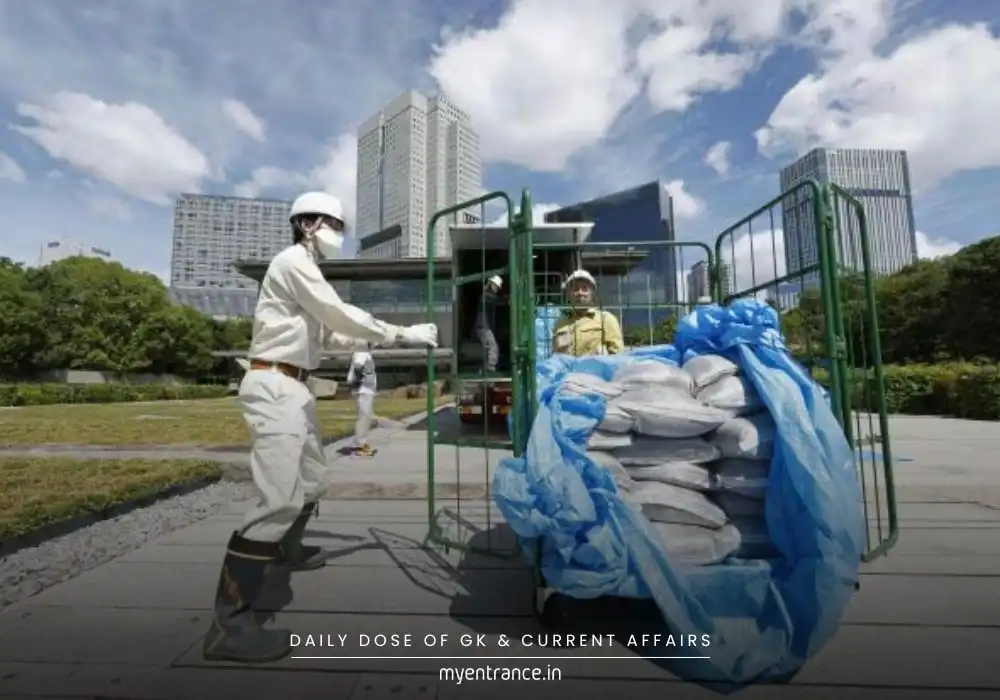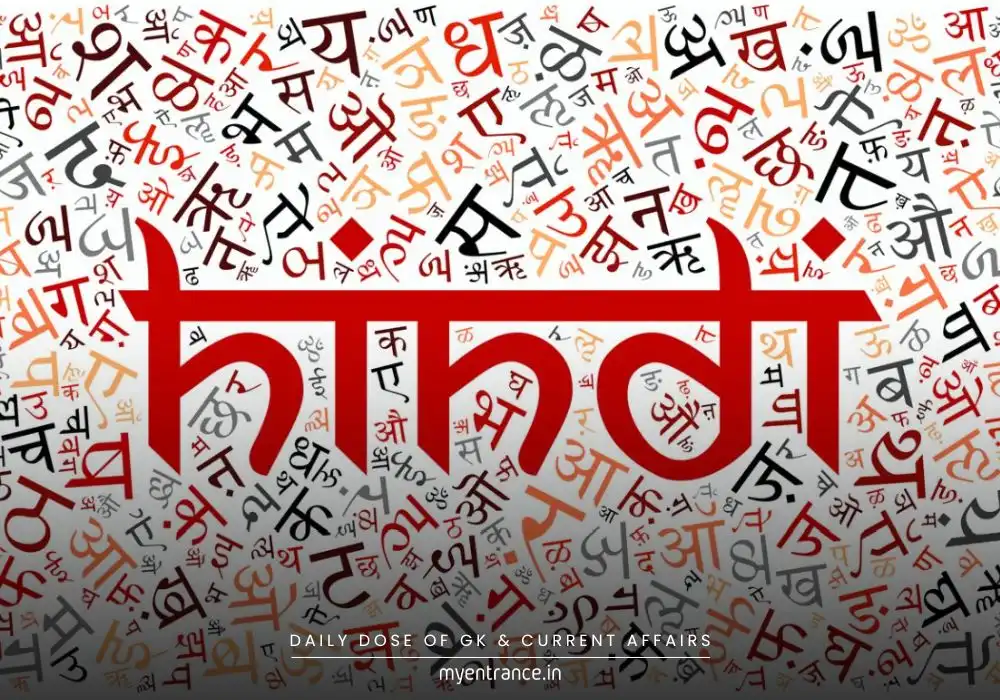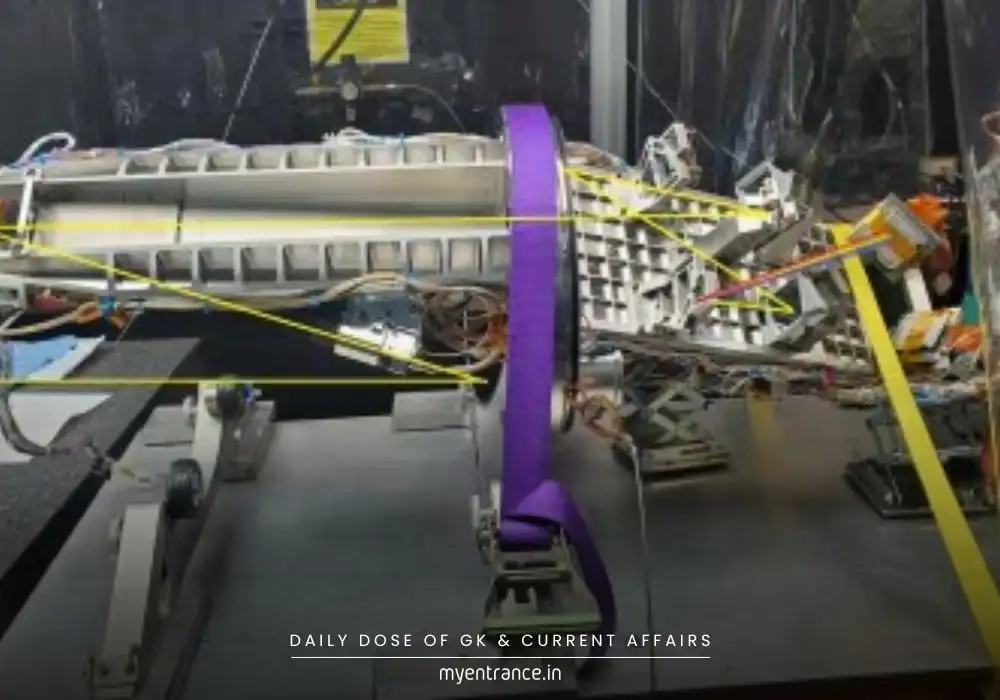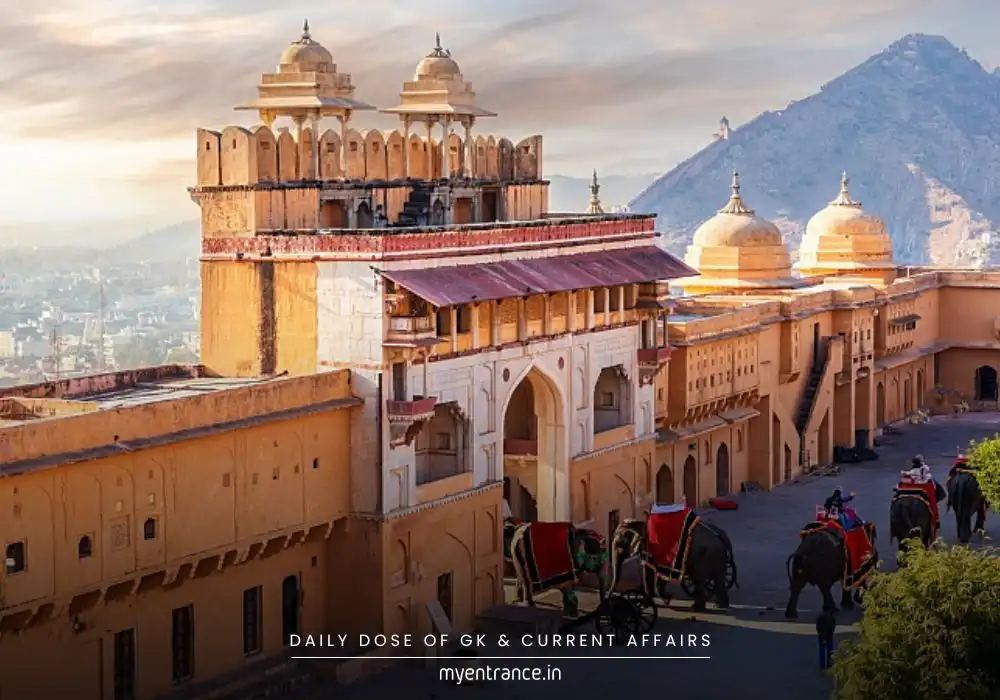Translate Language
What is NAMASTE Scheme: How Is It Revolutionizing Sanitation Workers’ Lives in India?
On NAMASTE Day (July 16), India launched a helpline (14473) and distributed PPE kits/Ayushman cards to sanitation workers. This marks a critical shift toward ending hazardous manual cleaning of sewers and septic tanks. Here’s why this scheme matters for competitive exams and social justice.
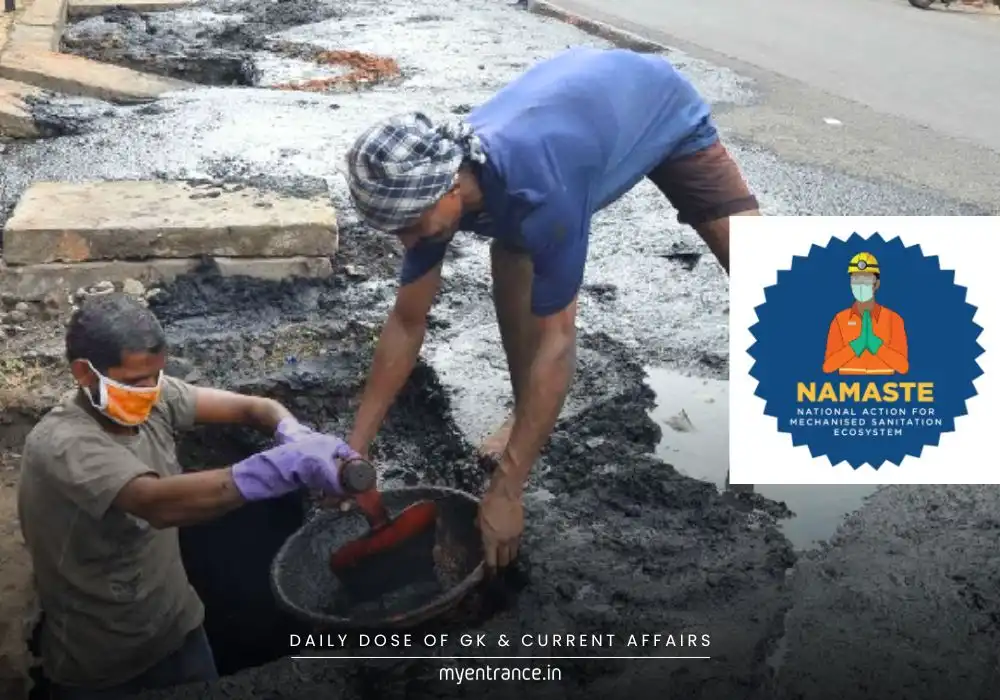
What is the NAMASTE Scheme?
NAMASTE (National Action for Mechanized Sanitation Ecosystem) is a groundbreaking initiative launched in 2023 to eradicate manual scavenging—a dehumanizing practice banned since 2013. Unlike its predecessor (SRMS), this 3-year scheme (2023–2026) spans 4,800+ Urban Local Bodies and prioritizes dignity, safety, and economic empowerment for Sewer/Septic Tank Workers (SSWs) and Waste Pickers. Jointly run by the Social Justice and Housing Ministries, it aligns with UN goals like Clean Water (SDG 6) and Reduced Inequality (SDG 10).
Top 5 Benefits of the NAMASTE Scheme:
Zero Human Contact with Waste:
Replaces deadly manual cleaning with mechanized tools (e.g., robotic scrubbers, suction trucks).
Workers avoid direct exposure to toxic gases and pathogens.
Life-Saving Safety Gear & Training:
Free PPE kits (masks, gloves, suits) and occupational safety training.
Emergency Response Units (ERSUs) for hazardous operations.
Health and Financial Security:
Ayushman Bharat health cards cover ₹5 lakh/year for medical emergencies.
Subsidized loans for sanitation vehicles (e.g., septic-tank cleaners) and waste-collection autos.
New Livelihood Opportunities:
“Sanipreneurship” encourages workers to start sanitation enterprises.
Skill development and SHG formation for alternative income.
Digital Profiling for Inclusion:
Mobile-app-based profiling ensures identity recognition and access to schemes.
Waste pickers (added in 2024) gain seasonal PPE and skill upgrades.
Manual Scavenging: A Human Rights Crisis
Manual scavenging—cleaning dry latrines, sewers, or septic tanks by hand—is illegal under the 2013 PEMSR Act. Yet, thousands risk their lives daily. NAMASTE tackles this by addressing root causes: poverty, stigma, and unsafe practices.
Q&A for Competitive Exams:
Q: Which ministries jointly implement the NAMASTE Scheme?
A: Ministry of Social Justice & Empowerment (MoSJE) and Ministry of Housing & Urban Affairs (MoHUA).
Q: What does ERSU stand for under NAMASTE?
A: Emergency Response Sanitation Units—teams deployed for high-risk sanitation emergencies.
Q: How does NAMASTE promote entrepreneurship?
A: Via “Sanipreneurship,” offering capital subsidies, training, and SHG support to sanitation workers.
Q: Which SDGs align with the NAMASTE Scheme?
A: SDG 6 (Clean Water), SDG 8 (Decent Work), and SDG 10 (Reduced Inequality).
Q: What legal act bans manual scavenging in India?
A: The Prohibition of Employment as Manual Scavengers and Rehabilitation (PEMSR) Act, 2013.
Why This Matters for Exams Like UPSC/SSC/PSC:
Current Affairs Weightage: Schemes like NAMASTE feature in UPSC Prelims/Mains, SSC General Awareness, and state PSC exams.
Social Justice Focus: Questions on rights-based initiatives, SDGs, and marginalized communities are recurring themes.
Policy Analysis: Understanding NAMASTE’s multi-ministry approach helps tackle governance-related questions.
Health & Safety Laws: Links to broader topics like labor rights, occupational hazards, and Ayushman Bharat.
Get 3 Months Free Access for SSC, PSC, NIFT & NID
Boost your exam prep!
Use offer code WELCOME28 to get 3 months free subscription. Start preparing today!
